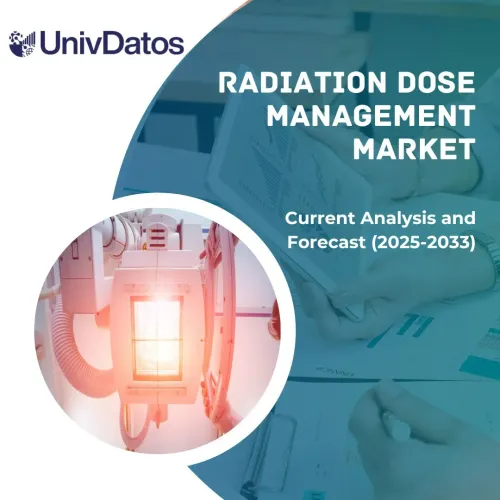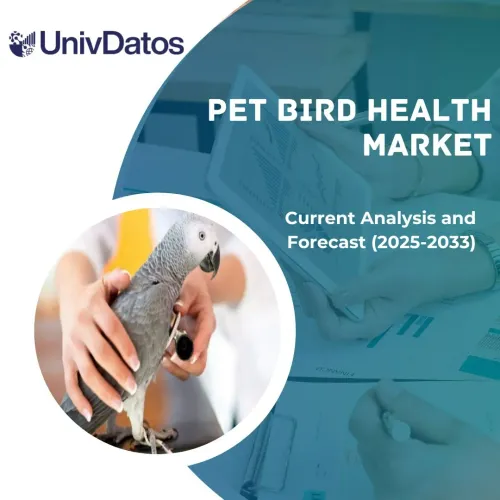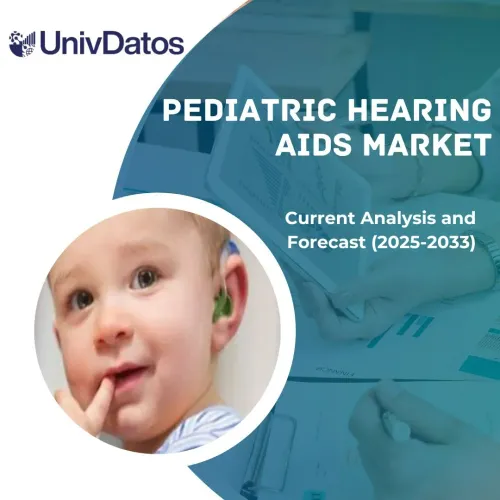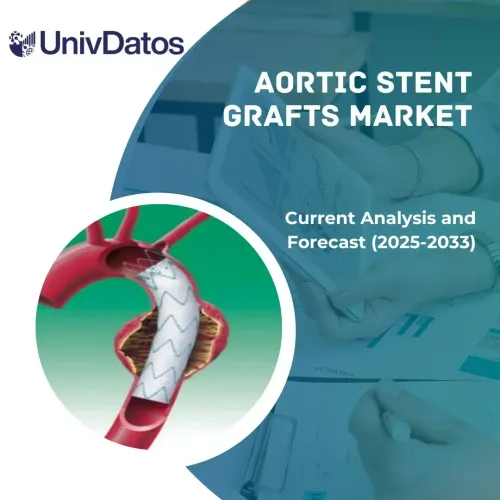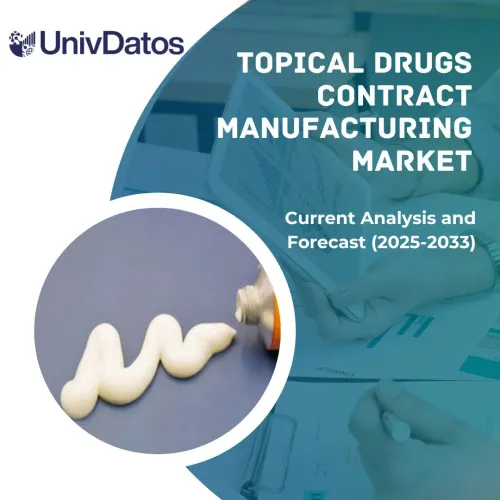- Home
- About Us
- Industry
- Services
- Reading
- Contact Us
Nanotechnology in Drug Delivery Market: Current Analysis and Forecast (2020-2027)
Emphasis on Technology (Nanoparticles, Liposomes, Nanocrystals, Micelles, Others), Application (Oncology, Cardiovascular/Physiology, Anti-inflammatory/Immunology, Neurology, Anti-infective, Others), and Region/Country
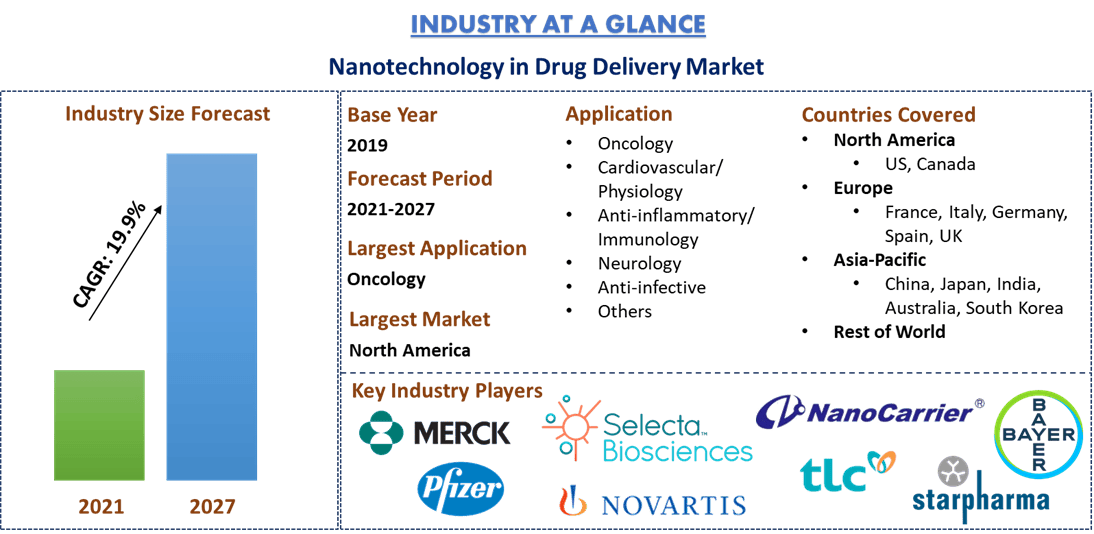
Nanotechnology provides superior drug delivery systems for better control and treatment of diseases by manipulating the properties of materials such as polymers and creating nanostructures. There are various advantages to the nanostructures employed as drug delivery systems that make them advanced to conventional delivery systems. Nanoparticles have emerged as key players in modern medicine in recent years, with applications ranging from contrast agents in medical imaging to gene delivery carriers in individual cells. Researchers are working on the utilization of nanoparticles to make drugs even more effective by having an in-depth understanding of the interaction of nanoparticles with cells, and the optimal toxicity or concentration. In this sector, healthcare R&D is seeing increased expenditure on nanosized materials and devices.
A developing number of nanotherapeutic drugs have been commercialized or reached the clinical stage in recent years. Compared to traditional drugs, enhanced pharmacokinetics, biocompatibility, tumor targeting, and stability are associated with NP-based drug delivery systems, while simultaneously playing an important role in minimizing systemic toxicity and overcoming drug resistance. For oncology applications, over 20% of the therapeutic nanoparticles already in clinics or under clinical evaluation have been created. Most FDA-approved therapeutic nanoparticles are currently being designed for the re-formulation of combinations of chemotherapeutic drugs with polymeric nanoparticles. According to the WHO, CVDs kill 17.9 million people per year, an estimated 31% of all deaths worldwide. For the treatment of cardiovascular diseases, the use of nanoparticle-based formulations is primarily focused on targeted delivery and increasing bioavailability for vascular restenosis. Up to 23.5 million Americans (more than 7% of the population) suffer from an autoimmune disease, according to the National Institutes of Health, and the numbers are increasing. The rising prevalence of cancer and chronic diseases remain among the primary influences driving this surge.
Timeline of the development of Nanomedicine
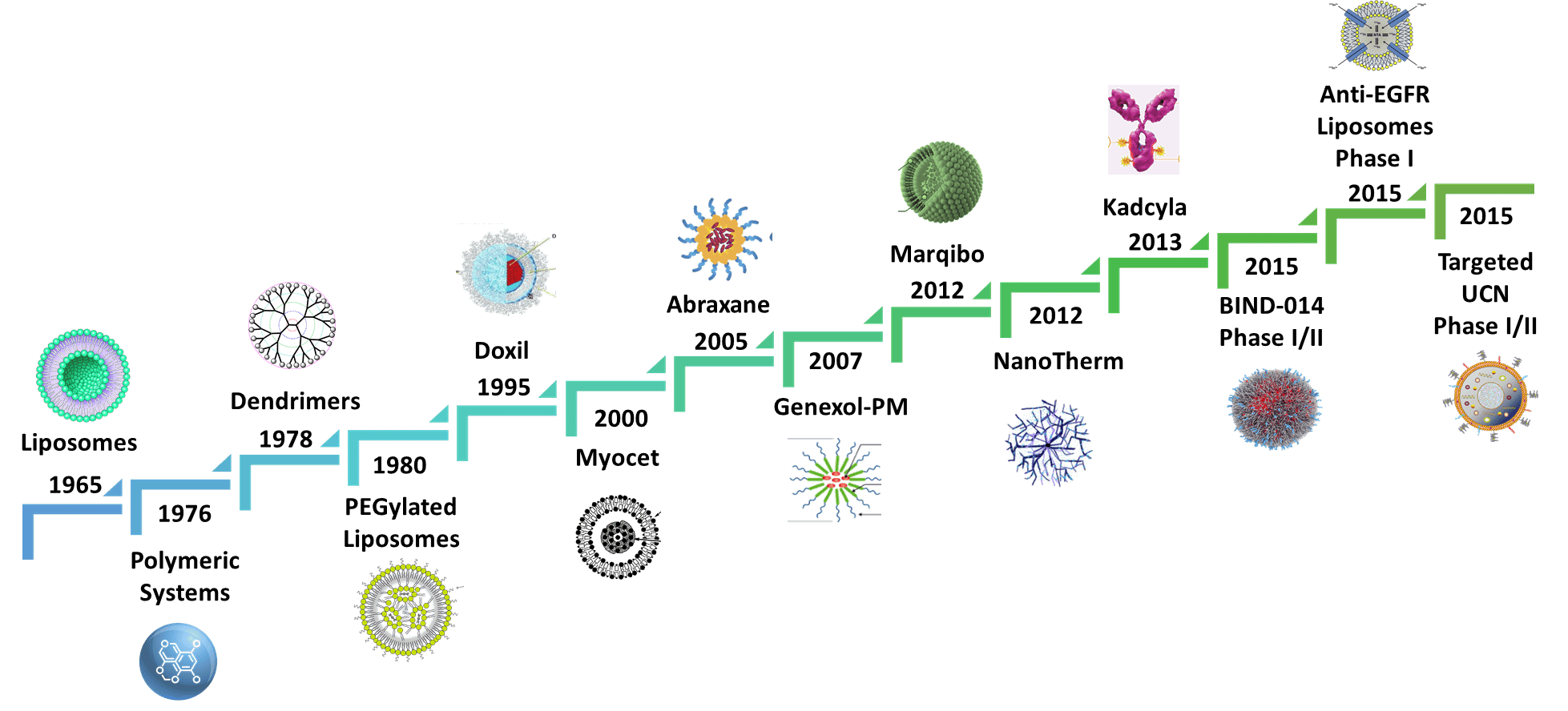
Camarus AB, Nanobiotix, NanoCarrier Co., Ltd., Selecta Biosciences, Starpharma Holdings Limited, Taiwan Liposome Co., Pfizer, Novartis, Merck & Co., and Bayer are some of the prominent players operating in the global Nanotechnology in Drug Delivery market. Several M&A’s along with partnerships have been undertaken by these players to facilitate costumers with hi-tech and innovative products.
Insights Presented in the Report
“Amongst technology, nanoparticles segment holds the major share”
Based on the technology type, the market is fragmented into nanoparticles, liposomes, nanocrystals, micelles, and others. The nanoparticles segment dominated the market with a share of 27.2% in 2019 and is expected to maintain its dominance during the forecast period owing to the better biocompatibility, non-immunogenicity, non-toxicity, and biodegradability compared to conventional approaches.
“Amongst application, oncology is anticipated to dominate the market during the analyzed period”
Further based on application, the market is mainly bifurcated into oncology, cardiovascular/physiology, anti-inflammatory/ immunology, neurology, anti-infective, and others. In 2019, oncology accounted for a maximum market revenue share of 36% and is expected to remain dominant during the analyzed period owing to the increasing development of nano-drug delivery in the oncology due to the advantages of nanoparticle (NP)-based drug delivery systems in cancer treatment, such as good pharmacokinetics, precise targeting of tumor cells, reduction of side effects, and drug resistance. However, the anti-inflammatory/ immunology segment is anticipated to grow at the highest CAGR over the forecast period.
“North America signifies one of the largest markets of Nanotechnology in Drug Delivery Market”
For a better understanding of the market dynamics of the Nanotechnology in Drug Delivery market, a detailed analysis was conducted for different regions across the globe including North America (United States, Canada, and the Rest of North America), Europe (Germany, France, Italy, Spain, United Kingdom and Rest of Europe), Asia-Pacific (China, Japan, Australia, South Korea, India, and Rest of APAC), Rest of World has been conducted. North America dominated the market and generated revenue of US$ 18.9 billion in 2019 owing to the increasing prevalence rate of cancer, presence of high disposable income, and rise in funding for R&D activities associated with Nanotechnology in Drug Delivery. For instance, Cancer is the leading cause of death in Canada and the second-leading cause, after heart disease, in the USA. Nearly 1.9 million new cancer cases and 693,000 cancer deaths were estimated in North America in 2018.
Reasons to buy this report:
- The study includes market sizing and forecasting analysis validated by authenticated key industry experts
- The report presents a quick review of overall industry performance at one glance
- The report covers an in-depth analysis of prominent industry peers with a primary focus on key business financials, product portfolio, expansion strategies, and recent developments
- Detailed examination of drivers, restraints, key trends, and opportunities prevailing in the industry
- The study comprehensively covers the market across different segments
- Deep dive regional level analysis of the industry
Customization Options:
The Nanotechnology in Drug Delivery Market can further be customized as per the requirement or any other market segment. Besides this, UMI understands that you may have your own business needs, hence feel free to connect with us to get a report that completely suits your requirements.
Table of Content
Analyzing the historical market, estimation of the current market, and forecasting the future market of the Global Nanotechnology in Drug Delivery were the three major steps undertaken to create and analyze the adoption of Nanotechnology in Drug Delivery for the different diseases across major regions globally. Exhaustive secondary research was conducted to collect the historical market numbers and estimate the current market size. Secondly, to validate these insights, numerous findings and assumptions were taken into consideration. Moreover, exhaustive primary interviews were also conducted, with industry experts across the value chain of the Nanotechnology in Drug Delivery sector. Post assumption and validation of market numbers through primary interviews, we employed a top-down approach to forecast the complete market size. Thereafter, market breakdown and data triangulation methods were adopted to estimate and analyze the market size of segments and sub-segments the industry pertains to. Detailed methodology is explained below:
Analysis of Historical Market Size
Step 1: In-Depth Study of Secondary Sources:
Detailed secondary study was conducted to obtain the historical market size of the Nanotechnology in Drug Delivery through company internal sources such as annual report & financial statements, performance presentations, press releases, etc., and external sources including journals, news & articles, government publications, competitor publications, sector reports, third-party database, and other credible publications.
Step 2: Market Segmentation:
After obtaining the historical market size of the Nanotechnology in Drug Delivery, we conducted a detailed secondary analysis to gather historical market insights and share for different segments for major regions. Major segments included in the report are technology and application. Further country-level analyses were conducted to evaluate the overall adoption of Nanotechnology in Drug Delivery Market in every region.
Step 3: Factor Analysis:
After acquiring the historical market size of different segments and sub-segments, we conducted a detailed factor analysis to estimate the current market size of Nanotechnology in Drug Delivery. Further, we conducted factor analysis using dependent and independent variables such as the growing incidence of cancer indications and translation of nano-based cancer therapies and diagnostics. A thorough analysis was conducted for demand and supply-side scenario considering top partnerships, merger and acquisition, business expansion, and product launches in the Nanotechnology in Drug Delivery industry across the globe.
Current Market Size Estimate & Forecast
Current Market Sizing: Based on actionable insights from the above 3 steps, we arrived at the current market size, key players in the Nanotechnology in Drug Delivery market, and market shares of the segments. All the required percentage shares split, and market breakdowns were determined using the above-mentioned secondary approach and were verified through primary interviews.
Estimation & Forecasting: For market estimation and forecast, weights were assigned to different factors including drivers & trends, restraints, and opportunities available for the stakeholders. After analyzing these factors, relevant forecasting techniques i.e. top-down approach was applied to arrive at the market forecast about 2027 for different segments and subsegments across the major markets globally. The research methodology adopted to estimate the market size encompasses:
- The industry’s market size, in terms of value (US$) and the adoption rate of Nanotechnology in Drug Delivery across the major markets domestically
- All percentage shares, splits, and breakdowns of market segments and sub-segments
- Key players in the Nanotechnology in Drug Delivery market in terms of services offered. Also, the growth strategies adopted by these players to compete in the fast-growing market
Market Size and Share Validation
Primary Research: In-depth interviews were conducted with the Key Opinion Leaders (KOLs) including Top Level Executives (CXO/VPs, Sales Head, Marketing Head, Operational Head, and Regional Head, Country Head, etc.) across major regions. Primary research findings were then summarized, and statistical analysis was performed to prove the stated hypothesis. Inputs from primary research were consolidated with secondary findings, hence turning information into actionable insights.
Split of Primary Participants in Different Regions
Market Engineering
Data triangulation technique was employed to complete the overall market estimation and to arrive at precise statistical numbers of each segment and sub-segment of the Nanotechnology in Drug Delivery market. Data was split into several segments & sub-segments post studying various parameters and trends in the areas of technology and application of the Nanotechnology in Drug Delivery market.
Main Objective of the Nanotechnology in Drug Delivery Market Study
The current & future market trends of Nanotechnology in Drug Delivery were pinpointed in the study. Investors can gain strategic insights to base their discretion for investments from the qualitative and quantitative analysis performed in the study. Current and future market trends were determined the overall attractiveness of the market at a regional level, providing a platform for the industrial participant to exploit the untapped market to benefit as a first-mover advantage. Other quantitative goals of the studies include:
- Analyze the current and forecast market size of Nanotechnology in Drug Delivery in terms of value (US$). Also, analyze the current and forecast market size of different segments and sub-segments
- Segments in the study include areas of technology and application
- Define and analysis of the regulatory framework for the Nanotechnology in Drug Delivery industry
- Analyze the value chain involved with the presence of various intermediaries, along with analyzing customer and competitor behaviors of the industry
- Analyze the current and forecast market size of the Nanotechnology in Drug Delivery market for the major region
- Major regions studied in the report include North America (the United States and Canada), Europe (Germany, France, Italy, Spain, and United Kingdom), Asia-Pacific (China, Japan, Australia, India, and South Korea), and the Rest of the World
- Company profiles of the Nanotechnology in Drug Delivery market and the growth strategies adopted by the market players to sustain in the fast-growing market
- Deep dive regional level analysis of the industry
Related Reports
Customers who bought this item also bought


